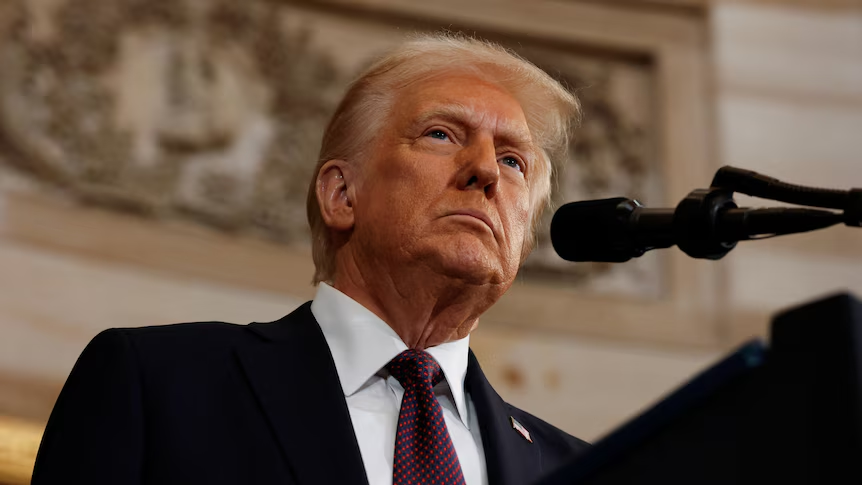Former U.S. President Donald Trump has frequently used a two-week deadline to signal upcoming decisions or announcements on a wide range of issues. Over time, this timeline has often resulted in delays, shifting priorities, or lack of follow-through.
A recurring pattern
Former President Donald Trump recently stated that he would make a decision regarding potential military action in the Israel-Iran conflict “within two weeks.” This phrase has become a hallmark of his communication style since his first term in office.
Trump has applied the same timeframe to promises on tax reform, health care, trade policy, and foreign affairs. However, many of those decisions have been delayed well beyond the two-week window or were not implemented at all.
Foreign policy and two-week timelines
During his 2024 campaign, Trump repeatedly claimed he could end the war between Russia and Ukraine in a single day. Yet when asked for specifics, he often deferred responses, suggesting answers would come “in two weeks.”
On April 24, he told a reporter to revisit the question about U.S. military aid to Ukraine in two weeks. Similar responses followed on questions about Russian President Vladimir Putin’s intentions and U.S.-led cease-fire efforts.
On May 28, Trump again cited the two-week timeline when asked about Russia’s role in ongoing tensions, stating that more information would be available “in about a week and a half, two weeks.”
Trade and economic decisions
Trump has also applied the two-week timeframe to key trade announcements. In May, he said that details about pharmaceutical tariffs would be available soon, using the familiar timeline. On June 12, he added that letters outlining new unilateral trade terms would be sent to foreign partners in approximately “a week and a half, two weeks.”
A trend dating back to 2017
Since early in his presidency, Trump has made similar promises. In 2017, he claimed a “phenomenal” tax plan would be unveiled in two or three weeks. The proposal was introduced more than two months later and passed at the end of that year.
Similar patterns emerged in other major policy areas, including climate agreements, health care reform, and infrastructure investment. Many proposals were delayed or never fully implemented.
A communications tactic or political strategy?
While Trump’s team has explained that global conflicts and economic matters require careful evaluation, the repeated use of a two-week deadline has prompted questions about the reliability of such statements. In several instances, Trump has indicated that evidence or decisions would emerge within two weeks — without delivering specific outcomes. The continued use of this strategy remains a defining element of his current presidential campaign.



